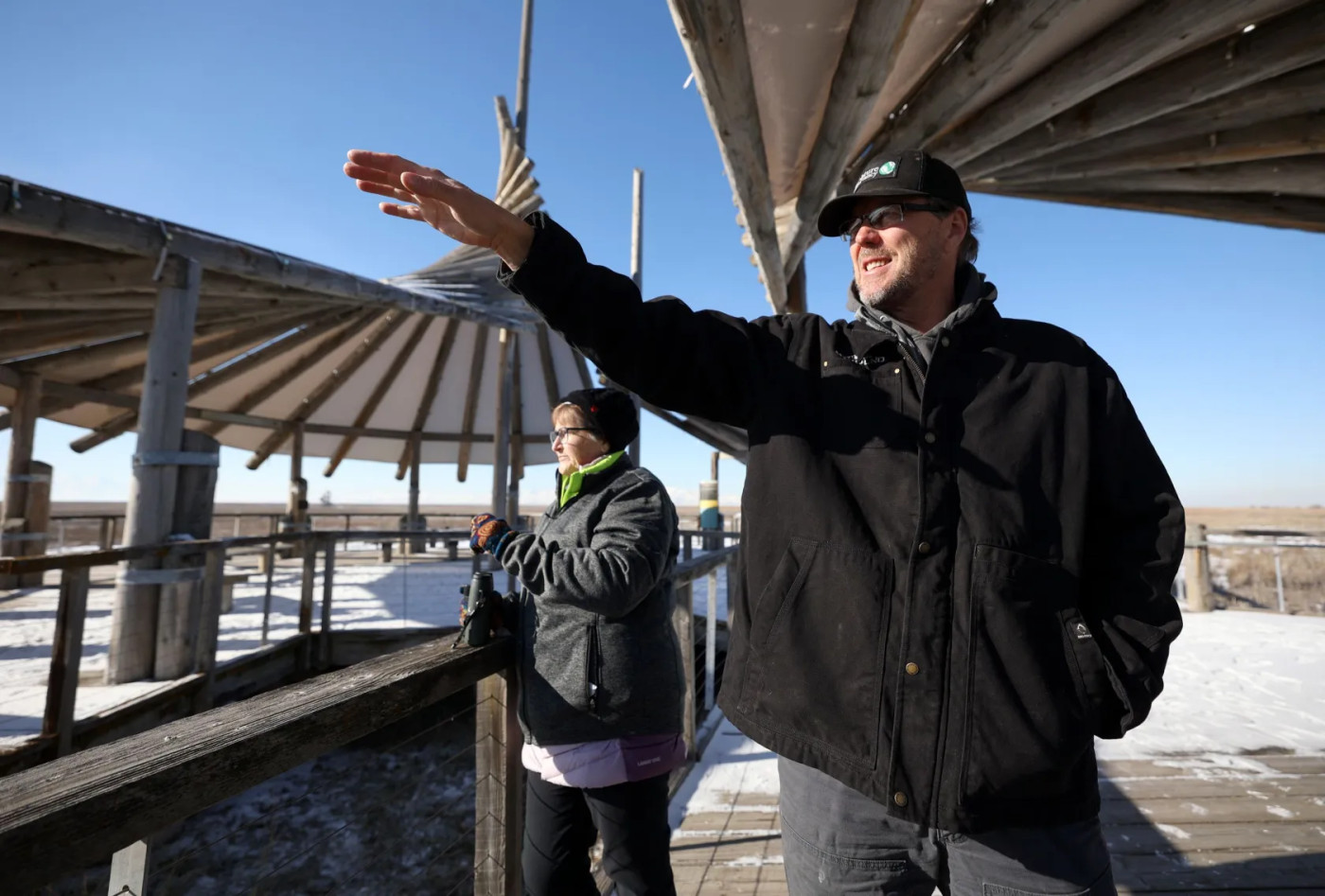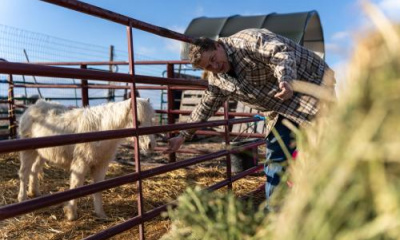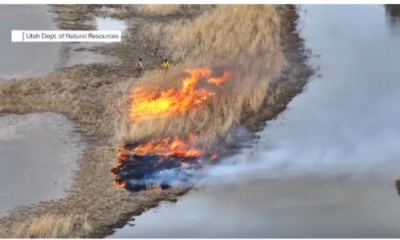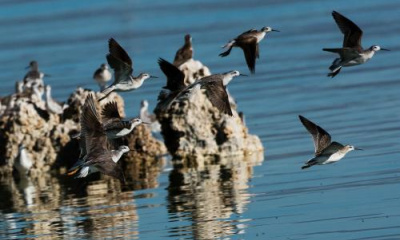A growing bird count over 3 years defines success, defies GSL drought
The 22-year drought in Utah has been the harbinger of bad news, with everything from the Great Salt Lake dropping to a historic low, Lake Powell threatening to all but disappear, farmer fields fallowed and small towns buckling under the improbable reality of having their water supply dry up.
What has seemed like an insurmountable challenge, a dreary road full of potential dramatic changes in Utah’s quality of life, has nevertheless turned the faucet on for positive changes.
As lawmakers were opening the state’s wallet to spend a half billion dollars on water conservation including strategies in 2022, the birds began showing up in greater numbers at The Nature Conservancy’s Shorelands Preserve, which features 4,418 acres of wetlands and uplands next to the Great Salt Lake in western Davis County.
A three-year science-based bird count tapping 40 locations inside the preserve each year from April to early June saw a 25% increase in the number of birds using the area as local habitat, according to a new report. The count did not include flyovers at one of the most important stops along the Pacific Flyway for the more than 250 species of birds that have been documented at the area.
“They’re looking for a place to stay,” said Ann Neville, the conservancy’s Utah northern mountains regional director.
“This is like heading for a stay in Tucson,” she added. “You have to stop and get gas.”
With so many saline lakes with ecosystems in much worse condition, that makes the conservancy’s preserve that much more vital, she added.
“They’re getting smaller and smaller, and they don’t have near the management that we have,” Neville said.
A battle on all fronts
Even though the Great Salt Lake hit record lows this summer, the preserve actually saw more water seep into its boundaries, according to Chris Brown, the conservancy’s Utah director of stewardship.
“There has been more water this year than there has been in years,” he said.
Brown credited that good news to a multifaceted approach involving several partners to rid the area of the invasive phragmites, a grass that sucks the soil dry and can reach up to 15 feet tall.
Tactical weapons include spraying by helicopter, which has been used over the last five years and can efficiently treat about 700 acres in a day, while the ground application of the phragmites killer takes several weeks.
The conservancy has also used phragmites munching machines to mow down the weed, which covers the ground so densely it becomes useless for birds. Cattle, with funding provided by the state’s Grazing Improvement Program, are also used as efficient mowers, Brown said.
“We fenced off some of these big giant monotypic stands of phragmites and we grazed them pretty heavy in the summer. It was pretty much 100% phragmites, so grazing wasn’t going to hurt anything and it wasn’t going to cause any problems with nesting, but it really knocked down the phragmites over story and increased the water because the plants had been sucking it up,” Brown said. “And then conversely, our bird use in some of those areas with our bird survey saw some of the most increased bird use.”
Both Neville and Brown spoke of the good news of the survey results at the preserve’s visitor center, which was quiet midmorning Tuesday with only a smattering of birds because of the single-digit temperatures coupled with the time of year — most of the birds have moved on in their migratory journey.
Odd benefits — development and drought
Each breeding season, the preserve in western Davis County supports up to 23,173 individual birds, which equates to 6.6 birds per acre, according to the report.
“For white-faced ibis, 2022 had the highest use. The shorelands preserve remains a haven for birds and may also be the only remaining refuge in an increasingly drying and developed landscape. The shorelands preserve supports far greater densities of white-faced ibis compared to the region, outnumbering other areas by more than tenfold,” the report said, citing the Bird Conservancy of the Rockies.
Brown said there are strange factors likely driving, in part, some of the increased number of birds being counted in the survey.
Birds, just like any animal, react to pressure.
As the West Davis Corridor inches closer to completion, the highway construction is pushing birds westward to the preserve, Brown said. The highway sits on the eastern boundary of the property.
The report notes, too, that development in Davis County tripled between 1997 and 2022, and housing, retail and office development has replaced all those fields and other open lands. That displaces the birds west to the preserve due to the disappearance of land they once occupied.
Drought, too, has had its own peculiar impacts. When the preserve was first created in 1994, the waters of the Great Salt Lake reached its shores. It now takes a two mile walk to get to the water. That drives the birds to the east, with the preserve and its muddy, wet bogs providing refuge.
Brown said if a snowpack like this winter keeps coming over the next several years, that will provide both respite for the conservancy and the birds who nest in its wetlands and gobble up the bugs.
Water is never a sure thing, the conservancy knows, and the phragmites are a constant.
“We’ll never get rid of all them,” Brown said, while noting that the large majority have been eradicated from the preserve itself.
Countering drought, development and phragmites seems like an endless challenge — especially with the funding required — but places along the Great Salt Lake like the preserve demonstrate it can be done.
“The bird survey is showing us that now that we have had those three years, we’re actually seeing how the drought is affecting how the birds are using our sites and also how our management actions are definitely influencing where the birds are,” Neville said.









